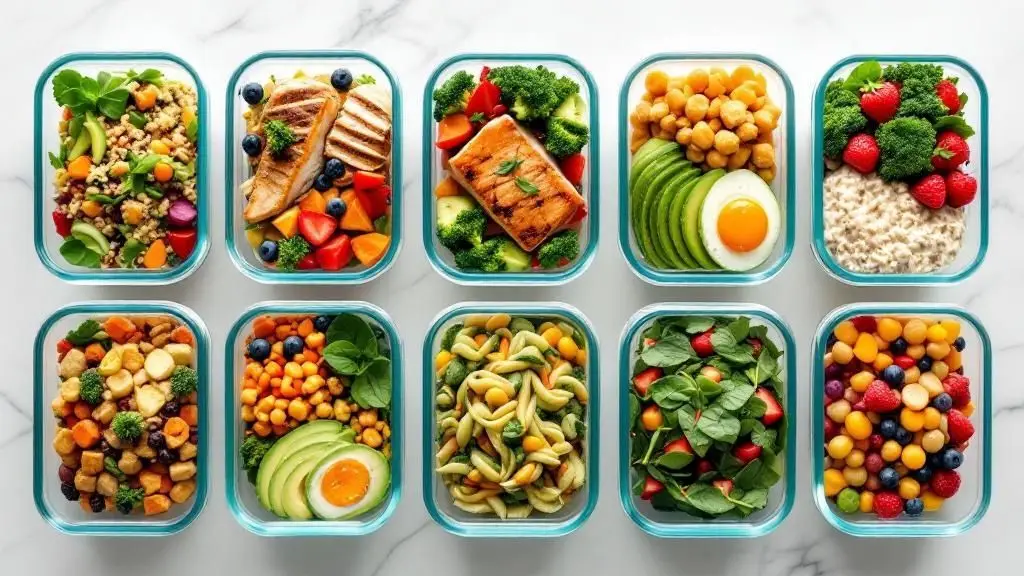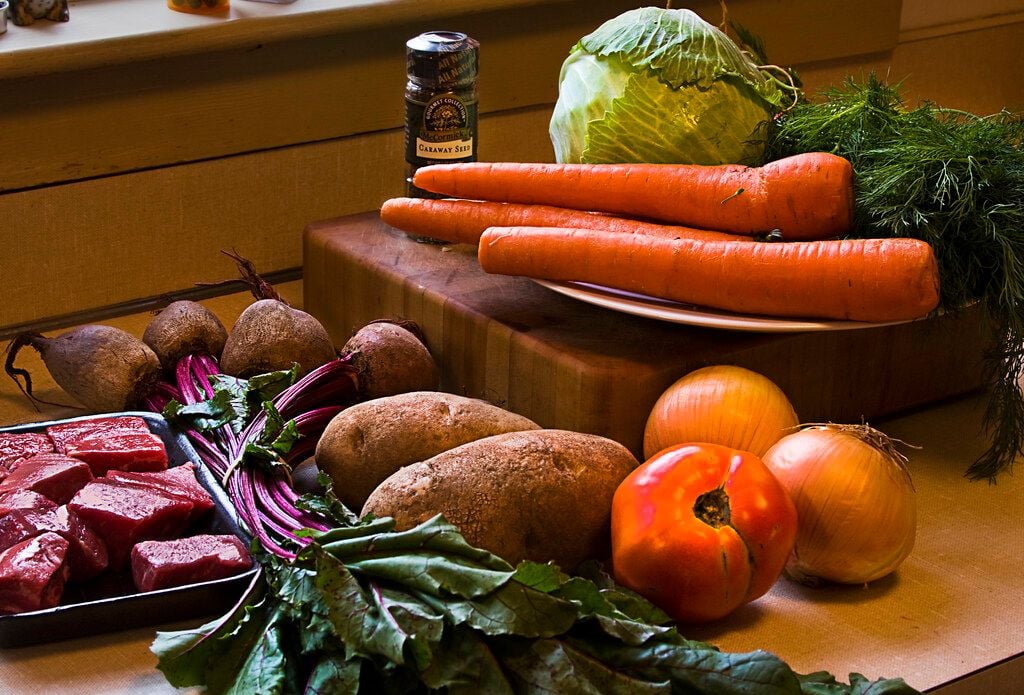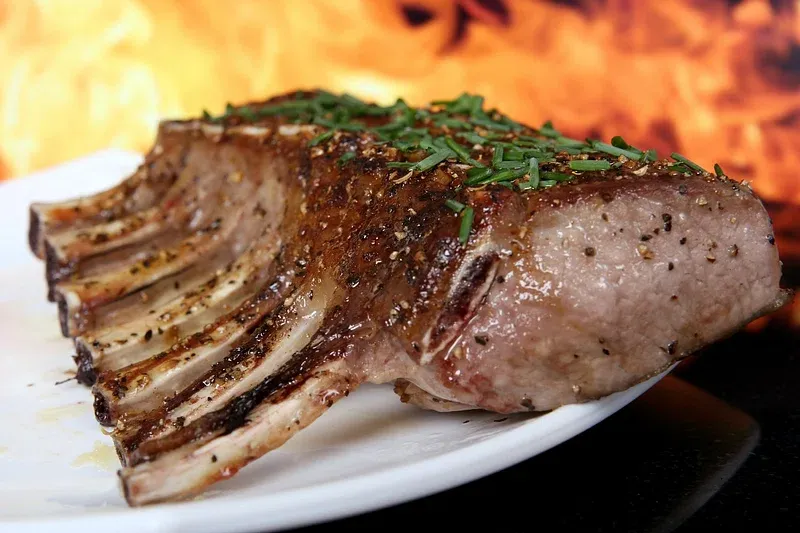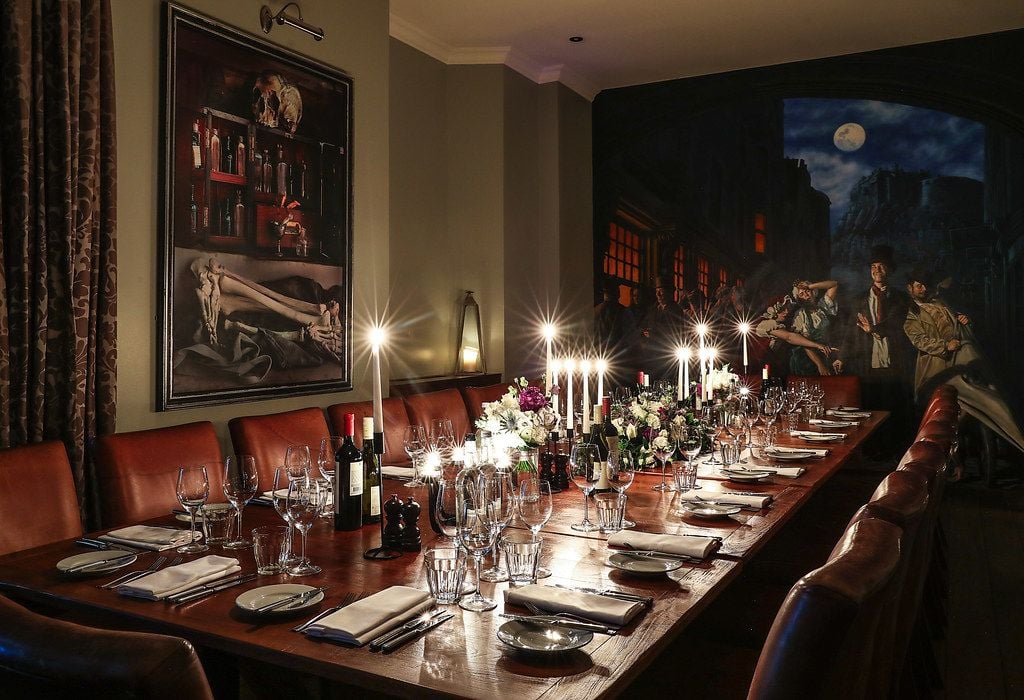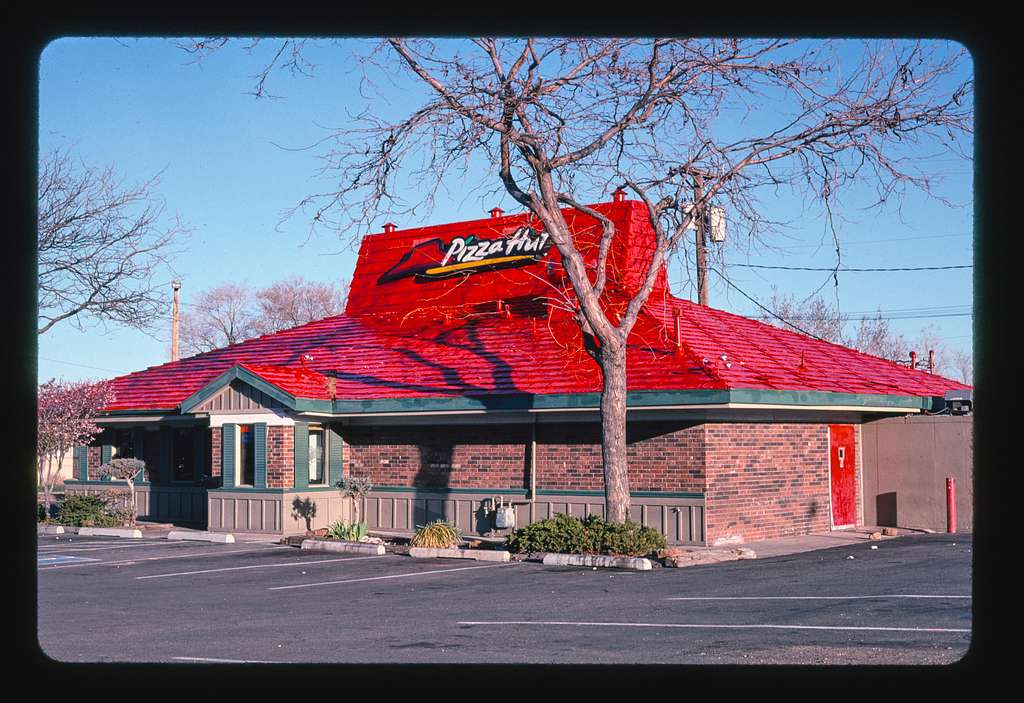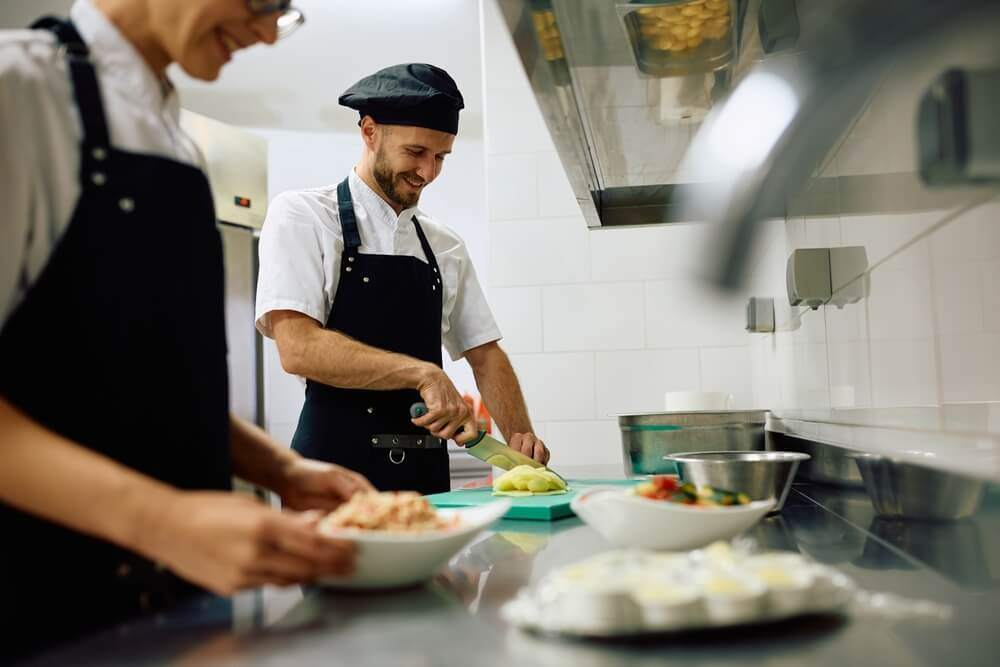
Prime Rib Demystified: Your Essential Guide
- Dec 16, 2024
The culinary appeal of prime rib is undeniable, as is the sense of occasion it brings to holiday dinners and special event gatherings. However, this lucrative cut of beef, derived from the primal rib-which sits in between the shoulder and the loin and above the cow's belly-does come with its fair share of complexities. This article aims to provide you with a comprehensive guide and eliminate any confusion surrounding prime rib.
Different terminology is adopted depending on cut quality, whether or not it includes bones, leading to misnomers. Therefore, understanding the nuances behind these terms can help fetch the most value for your money. Here's what you need to know:
Known by many names including standing rib roast, a complete prime rib cut contains seven bones and generally scales up to 16 pounds. Depending on the number of ribs, butcher shops or grocery stores may offer two, three, or four-rib varieties. The prime rib that comes without bones is often referred as rib-eye roast, heart of prime rib roast, or simply boneless prime rib.
However, prime rib isn't synonymous with prime beef; the latter is a term defined by the USDA for top-notch cuts derived from well-marbled, young cattle, exhibiting 8% to 13% fat content.
Before cooking, it's vital that your prime rib is prepared correctly to reach its full potential. New York's culinary director 'JC Colón' of Valerie, Madame George, and Lolita restaurants, recommends salting the meat from all angles a day before cooking. Refrigerate this salted prime rib overnight uncovered for a juicier yield. Adding flavor coats such as garlicky compound butter, herbed Dijon mix, or a salted coffee rub before cooking is also suggested. Regardless of how it is seasoned, allowing the prime rib to reach room temperature before oven baking is a must for more even cooking.
Chefs often use a two-step method, starting with a high heat to brown the meat's exterior, followed by low and slow cooking to tenderize it beneath a crisp crust. To try this method, consider replicating dishes from culinary experts like Angie Mar, Michael Mina, Marcella Valladolid, and Floyd Cardoz.
On the other hand, if the crust is not your primary focus, a slightly longer cooking time on a steady low temperature would be the better route. Cooking time primarily depends on factors like cut size, presence of bones, oven temperature, and the level of preferred meat doneness.
Beyond the cooking time, to verify whether the prime rib is cooked accurately, especially given its large size, Colón advises the use of an instant-read thermometer. Post reaching the desired level of doneness, the meat should be given time to rest before serving.
For a bone-in prime rib, reckon a pound per individual to have enough for everyone. "Everyone gets an ample share if served one bone per individual," recommends Colón, when presenting a "special-occasion steak" such as prime rib with a bone intact.
By understanding various cuts, optimal preparation and cooking methods, and the artful presentation of prime rib, you can truly make the most of this centerpiece at your next holiday feast or dinner party.

